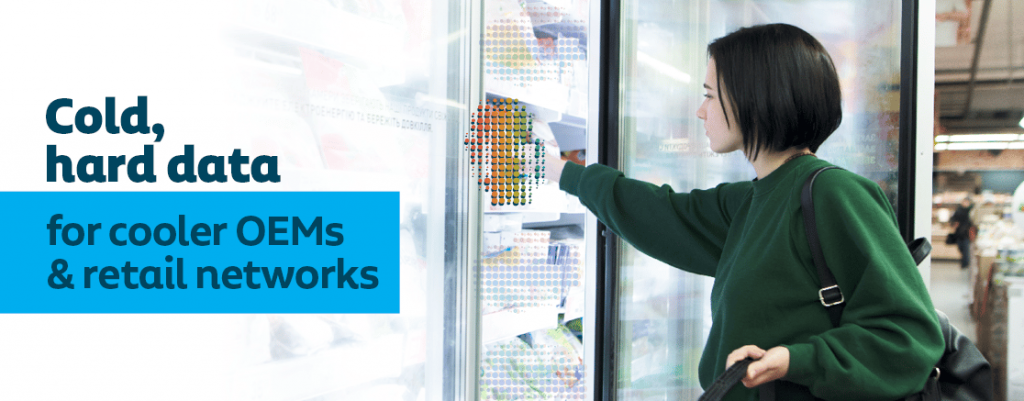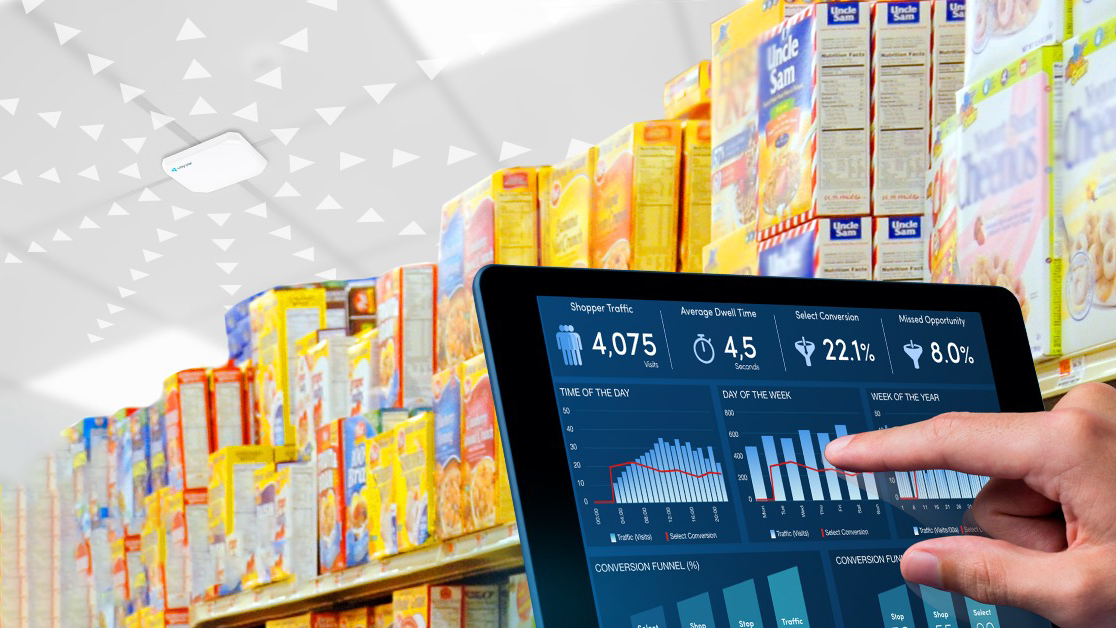Main Menu
Posted by Vayyar
March 7, 2021How to Improve Stock Availability

Consumer appetite for chilled and frozen food is almost insatiable. Satisfying that demand is critical for store networks, brands and the cooler and freezer OEMs that support them. It all depends on constant stock availability.
An out-of-stock item isn’t just a lost sale. If a $4 bag of frozen French fries is unavailable, a shopper will think twice about buying that $30 ribeye.
It’s also potentially a lost customer. The first time an item is out of stock, the shopper will substitute it 70% of the time. But by the third time, 70% will defect to another store.
Supplying chilled and frozen foods is a greater challenge and significantly more costly than dry or canned goods because companies need to ensure the cold chain and master dynamic routing to address limited shelf life. That’s why top retailers and commercial cooler manufacturers are taking a leaf out of the online playbook to ensure stock availability.
Google Analytics and heatmaps for the real world
Any effective eCommerce operation is driven by data. On the macro level, it’s all about website traffic. And on the micro level, it’s about using heatmaps to analyze how each visitor navigates the site to identify, and ultimately prevent, lost sales. The same principles apply to brick-and-mortar retail.
Existing point of sale data only tells the final chapter of the story. It doesn’t indicate pre-purchase behavior. Turning real-world product interactions into sales is akin to converting website visitors into paying customers. Stores therefore need to monitor the routes customers take around their premises to identify the most profitable ‘hot’ zones as well as the ‘cold’ zones that aren’t paying their way in terms of sales per square foot. And that’s just the start.
Cooler OEMS – and the stores and brands they support – require richer, more granular data. As well as knowing whether their cabinets are optimally positioned, they need to monitor right down to the shelf and item level, tracking every unit to identify the precise periods when demand increases and decreases and avoid running out of stock. Delivering this kind of actionable analytics demands leading-edge technology.
How to ensure stock availability
4D imaging radar by Vayyar allows retailers to know more and sell more. Affordable, highly integrated mmWave sensors shed new light on shopper behavior, providing rich data that’s every bit as informative as online tools. The stock sensors’ wide field of view allows them to monitor dwell times around each cabinet and every item inside it. Because no cameras are involved and no personal data is collected, privacy is maintained at all times to ensure full regulatory compliance.
The solution counts and tracks people and products with unrivaled accuracy and detail. Since it doesn’t rely on optics, the technology is robust in all lighting conditions, operates at temperatures as low as -35⁰C and provides high-resolution point cloud imaging that enables companies to align store data directly with their Warehouse Management System (WMS).
Implementing Vayyar’s stock availability sensors
Some of the world’s biggest food and beverage suppliers are currently leveraging Vayyar’s technology to improve stock availability and supply chain management, ensuring that products are never out of inventory. Shoppers have to substitute fewer items, helping to make them loyal long-term customers.
The information is displayed on customizable dashboards that show inventory levels per cabinet, per store or across an entire network, enabling organizations to identify trends and adapt their tactics.
Better data – higher profits
In an increasingly urbanized world, convenience is king for billions of consumers and the opportunity for the physical retail industry to benefit from high-quality data is clear. Find out how to improve your stock availability by learning more about Vayyar Retail.
The Post URL was successfully copied to your clipboard






